Neither option is ideal, but if you’re forced to choose between cutting hay and risking rain or letting it get overmature, the better choice usually depends on your end market:
1. Dairy or High-Value Horse Markets (Quality-focused)
Cutting and risking rain is typically better.
-
Reason: Digestibility and protein drop fast after hay matures past its prime. Even rained-on hay can retain some nutritional value if baled correctly after drying.
-
RFQ/RFV degrades faster from maturity than from a single rain, especially early in the curing process.
-
Caveat: Rain damage is worse if hay is nearly dry and then gets wet again.
2. Beef or Dry Cow Markets (Tonnage-focused)
Letting it mature may be more acceptable.
-
Reason: These markets tolerate lower quality in favor of quantity. Delaying harvest increases yield (though with lower quality).
-
Caveat: Extremely mature hay may be rejected or fetch low prices even in the beef market if fiber levels are too high.
Here’s a comparison table outlining quality losses from overmaturity vs. rain damage across common hay types and market targets:
| Factor | Overmature Hay | Rained-On Hay (Post-Cutting) |
|---|---|---|
| Crude Protein (CP) | Drops significantly as plants lignify | Slight drop; leaching mostly affects soluble proteins |
| Fiber (ADF/NDF) | Increases sharply, lowering digestibility (RFV/RFQ decline) | Minor increase unless leaves are lost or leaching is severe |
| Leaf Retention | Still decent, unless severely overmature | Loss of leaves during handling/drying causes a sharp quality decline |
| Dry Matter Yield | Higher yield but lower quality | Slight dry matter loss from leaching; significant losses if leaves are lost |
| Mold Risk | Low if baled dry | High if baled before drying or if prolonged wetness occurs |
| Palatability | Lower due to stemminess | Often unaffected unless moldy or leaf loss is severe |
| Visual Appearance | Coarser, stemmy | Discolored, bleached, may have leaf shatter or mildew |
| Marketability | Poor for dairy/horse markets; better suited for beef or mulch | Variable may be downgraded for top-end buyers |
| Impact on RFQ/RFV | Significant negative impact | Moderate impact; mostly from leaf loss and soluble nutrient leaching |
| Best Use Case | Low-end feed, erosion control, and bedding | Acceptable if salvaged quickly and dried properly |
Summary Insight:
-
Rain damage is often less harmful for dairy or performance horses than extreme overmaturity.
-
Overmature hay may be acceptable for beef cattle or dry cows and avoids the risk of mold.
-
Timing, drying tools, and preservatives can reduce risk either way.
